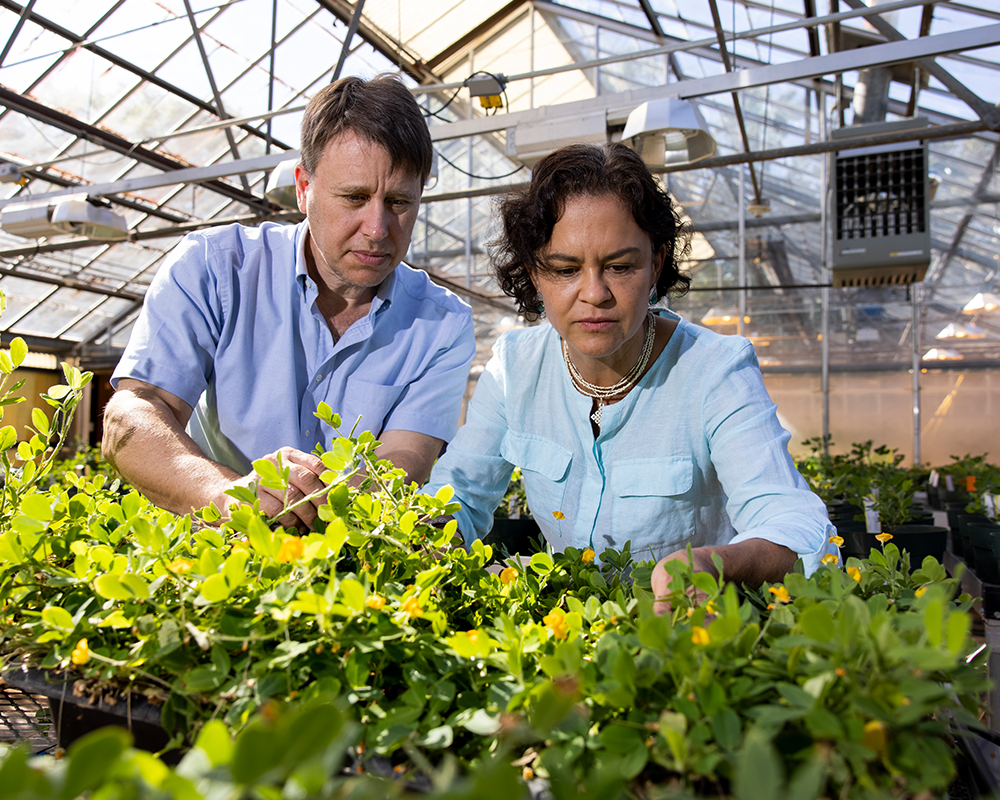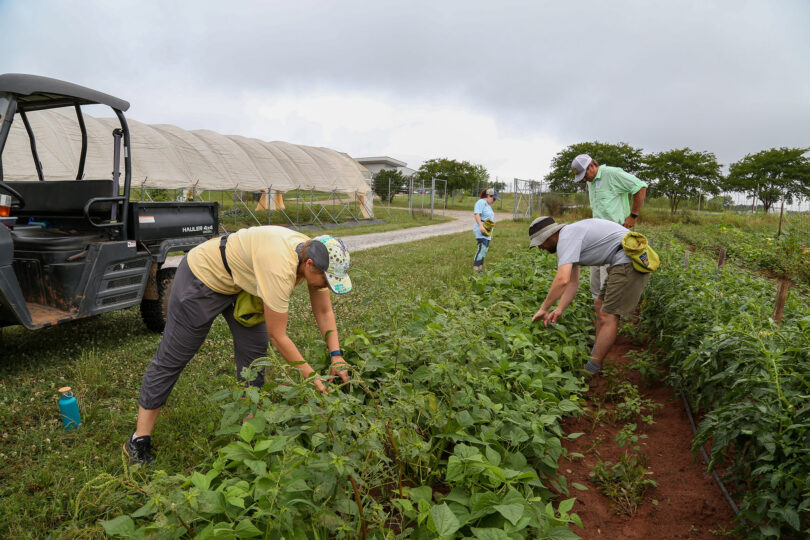 CAES News
CAES News
Grow It Know It
As a kindergarten teacher, Robin Edens was an outlier in the group of mostly middle and high school teachers at the University of Georgia learning how to introduce food-based learning to their students.

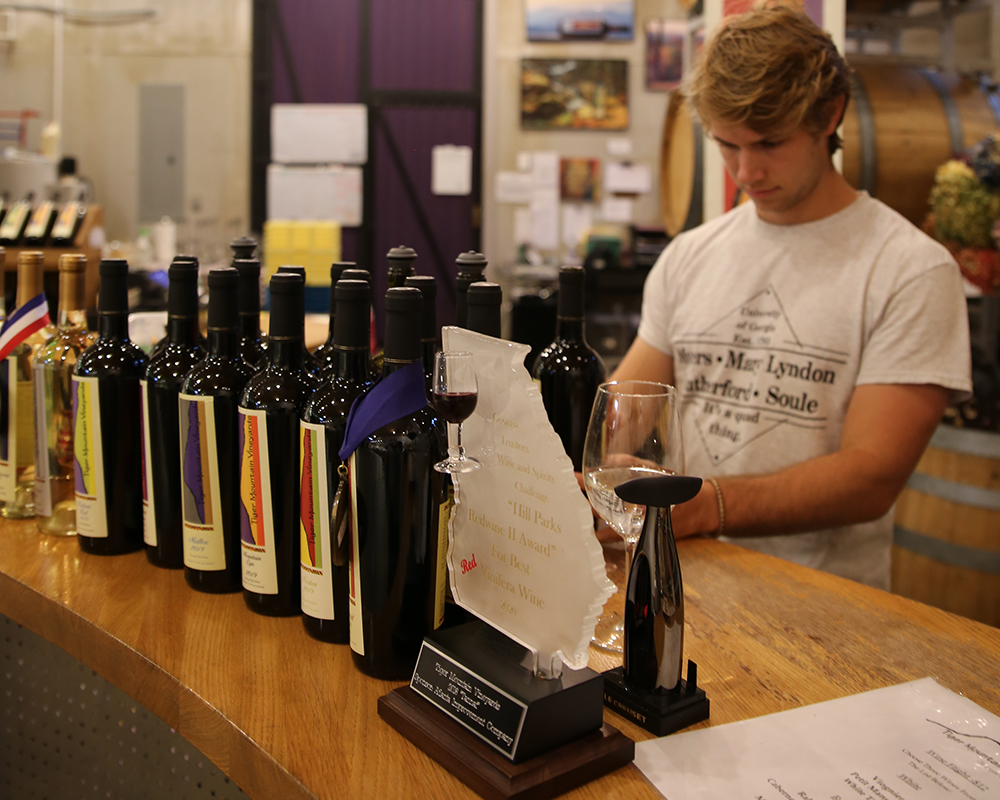
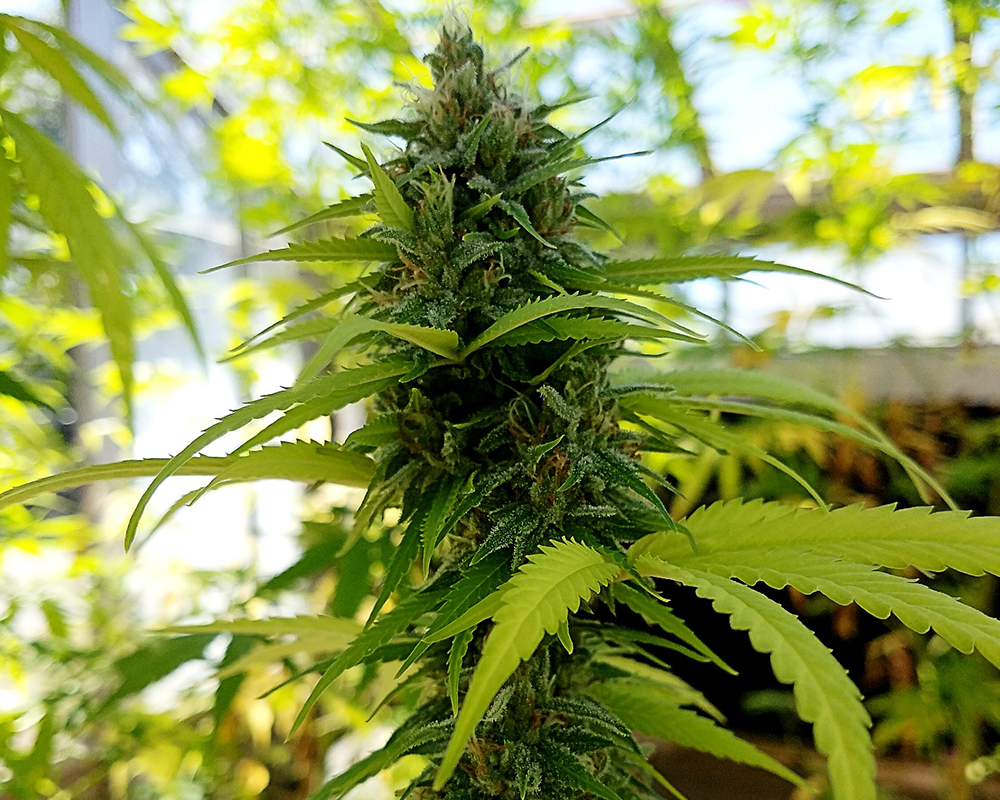

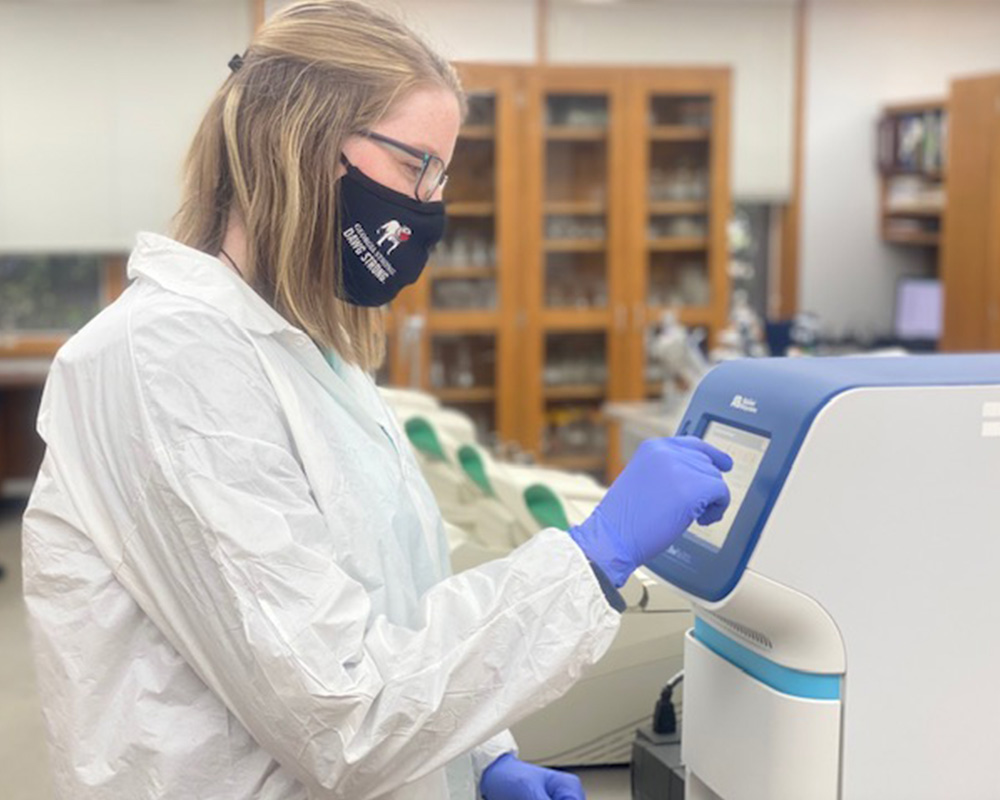
.JPG)
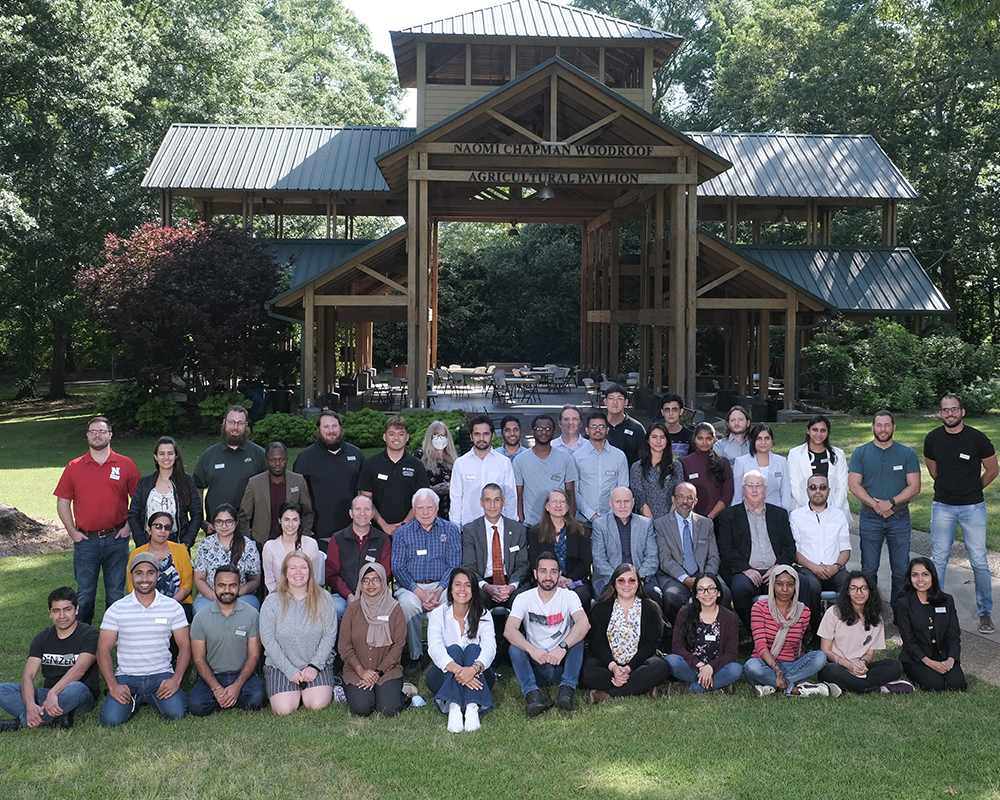
.jpg)
